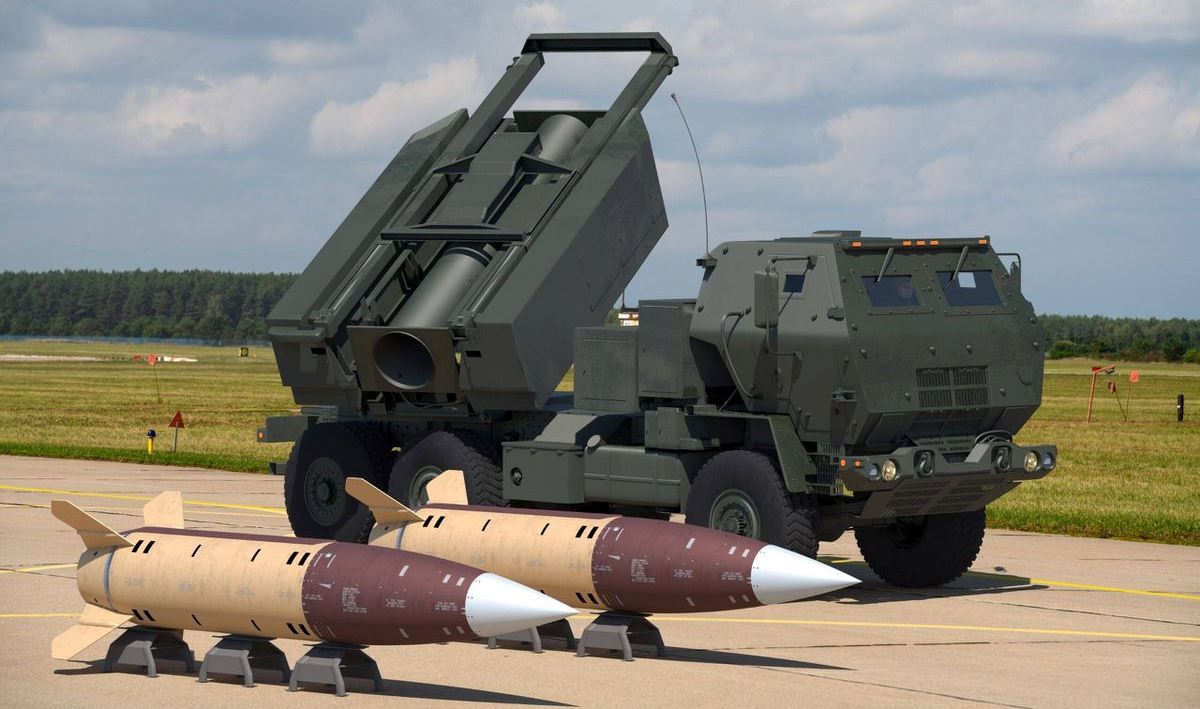Estonia Buys ATACMS Missiles While the U.S. Moves to Newer Systems

Estonia has decided to procure MGM-140 Army Tactical Missile System (ATACMS) missiles from the U.S., even as the U.S. begins its transition away from this system. The ATACMS can be launched from both the M270 Multiple Launch Rocket System (MLRS) and the M142 High Mobility Artillery Rocket System (HIMARS). These systems have been field-tested in Estonia and have shown significant value in Ukraine against Russian forces.
The U.S. decided to conclude its ATACMS program in 2007 and has started phasing it out this year. Meanwhile, there are discussions about supplying ATACMS to Ukraine. Even though Estonia hasn't used the ATACMS in exercises yet, Estonian Defense Forces (EDF) personnel experienced HIMARS launches earlier this year in a joint operation with U.S. forces.
As the U.S. reduces its ATACMS inventory, none have been delivered to Ukraine. The focus now shifts to the upcoming Precision Strike Missile (PSM), produced by Lockheed Martin. Drawing from Ukraine's experience with shorter-range HIMARS rockets, Estonia is interested in systems that offer at least 70km range.
Estonia confirmed a purchase agreement with the U.S. in 2022 for HIMARS launchers, missiles, and accessories. The delivery, expected by 2025, will include ATACMS missiles. The order will feature the M-57 variant, which has a 300 km reach.
Future acquisitions by Estonia depend on U.S. approval. This was evident when Estonia wanted to donate 105mm howitzers to Ukraine during its ongoing conflict and required consent from Finland and Germany.
Highlighting the strategic shift in response to missile capabilities, EDF's reservist, Col. Hannes Toomsalu, noted how Russian forces adapted their strategies in the wake of Ukraine's HIMARS deployments.
The U.S. is currently testing the PSM, having a 500km range, positioning it as the successor to ATACMS. There's speculation that Ukraine might already be using ATACMS or its equivalents in the current conflict.



Comments ()